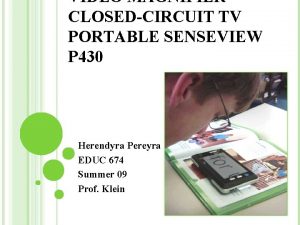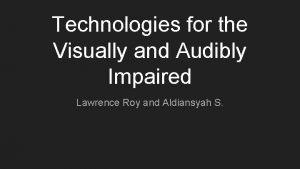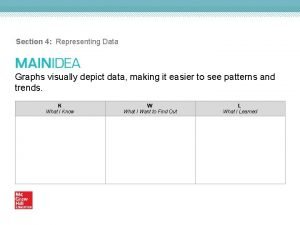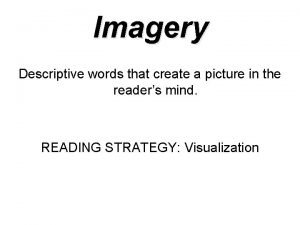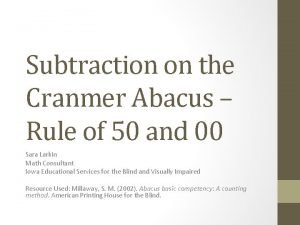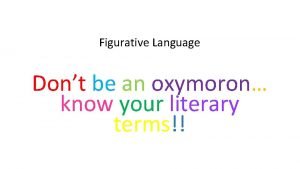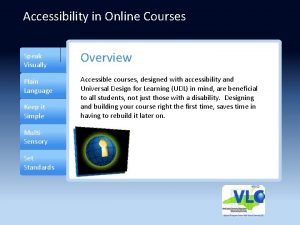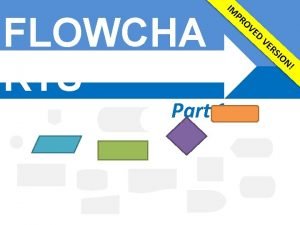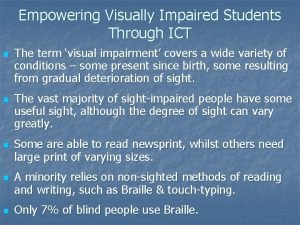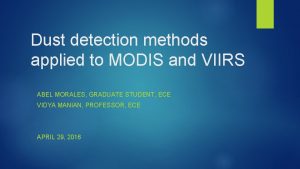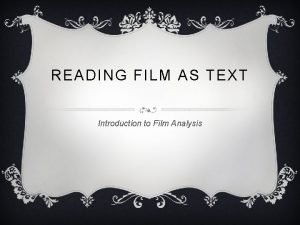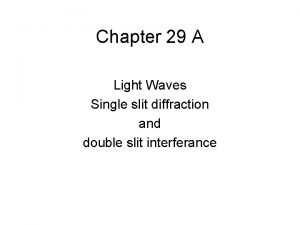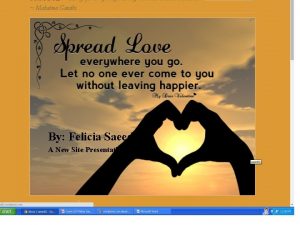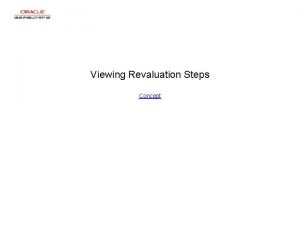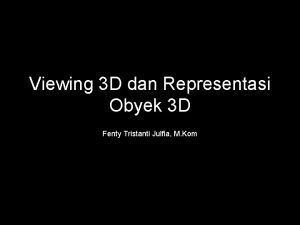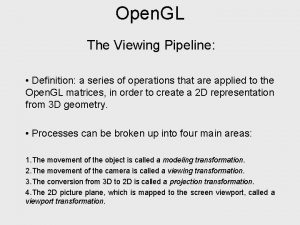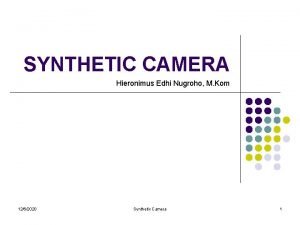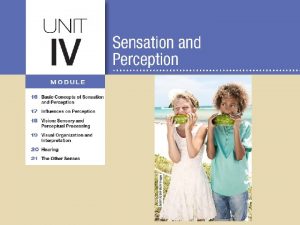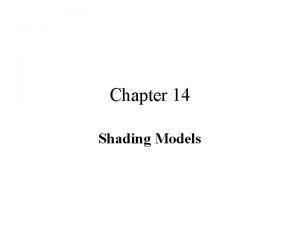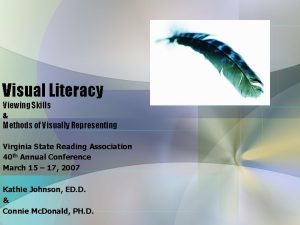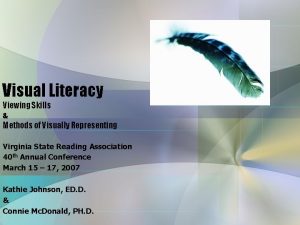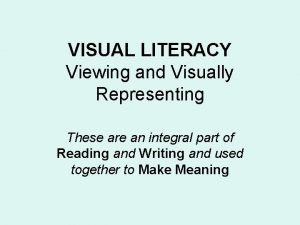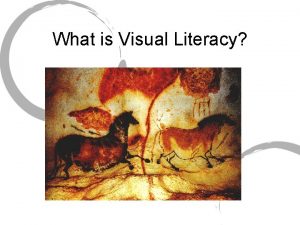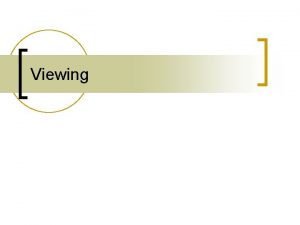Visual Literacy Viewing Skills Methods of Visually Representing































- Slides: 31

Visual Literacy Viewing Skills & Methods of Visually Representing Virginia State Reading Association 40 th Annual Conference March 15 – 17, 2007 Kathie Johnson, ED. D. & Connie Mc. Donald, PH. D.

Do you remember the movie Forrest Gump ? • Can you remember the opening scene? • What was the scene? • A feather flutters down.

Why? • Have you ever thought about how much it costs to produce a movie…. – thousands and thousands of dollars. • Why would the producer spend a whole minute of the short 120 minutes there are to tell a story on a feather floating down?

…To make a statement. • That precious minute cost thousands of dollars to record… and was put there to convey an idea. . . to communicate to the viewer. • What did the feather symbolize?

Just as in reading, writing, and speaking, viewing entails giving attention to facts, relationships, inferences, and to critical analysis.

Viewing and Visually Representing as Forms of Literacy Recognized by National Council of Teachers of English 1996 Annual Business Meeting • To participate in a global society, we continue to extend our ways of communicating. Viewing and visually representing are a part of our growing consciousness of how people gather and share information. • Teachers and students need to expand their appreciation of the power of print and non-print texts. • Teachers should guide students in constructing meaning through creating and viewing non-print texts. • Be it therefore Resolved, that the National Council of Teachers of English through its publications, conferences, and affiliates support professional development and promote public awareness of the role that viewing and visually representing our world have as forms of literacy.

Visual Imagery is a Bigger and Bigger Part of our Lives Entertainment Drama Movies & television Video games CDs & DVDs Cell phones with graphic capabilities

Information • • Newspapers Magazines Internet Maps Charts Drawings Photographs

Advertising • Print • Television • Billboards

Personal Use of Graphics • Photographs • Web pages – My. Space – Homepages • Cell phone graphics • You. Tube

What do you know about these boys? What can you see? What can you determine about the weather?

Defining Visual Literacy • The ability to interpret the meaning of visual images. Giorgis (1999) • The ability to construct effective visuals in order to convey ideas to others. Valmont (2003) and Heinich (1999)

Visual Literacy should begin with Picture Books • Children need others to ask the right questions to spur on the skills of viewing. • • Why do you think that was put in the picture? What does the picture tell us? What do you see? What is happening? • TALK ABOUT IT!

Viewing was not a skill that was taught until recently • Students can learn to “read” the pictures, the diagrams, and the tables, maps and charts. – These skills will provide them with increased information about the material. – Many materials today can not be accurately interpreted without the graphics. – Many books relate stories that are incomplete without the pictures.

Artists convey mood, culture and purpose with illustrations • Jack Keats’ book depicts life in a city during a snowstorm. • With very abstract art the story is told. • The colors represent the light shining on snow. • Simple blocks of color are boy, snow, mother. • Without a guide, students will miss the “good stuff”

Information from one language arts skill can often support another • Information gleaned from texts and knowledge from verbal, visual and audio messages must often be combined in order for the material to be interpreted correctly. • Think about the movie Meet Joe Black. – For those of you that have seen this older movie, who is Joe Black?

Meet Joe Black • Joe Black is Death. • The movie has Joe going to “get” someone. • At the end of the movie there is a birthday party with a beautiful fireworks display. • What does the fireworks display represent?

Critical Viewing – Can they do it? • Research has found that on the average students spend an average of 6 -7 hours a day using media…video games, computers, video, with the average television viewing at 3 -4 hours each day. • Being able to interpret what they are seeing is crucial.

Critical Viewing • Art works – Do “think alouds” • Look for details • Look at colors • Look at form • Look at the style • What do you see? His First Lesson by Frederic Remington • What does the color say? • What time of day do you think it is? • Where is it? • When is it?

Seeing – Thinking Activities (STAs) • Most teachers are familiar with Directed Reading Thinking Activities –DR-TAs • STAs are the same sort of activity only using visuals for the “reading”. • STAs strengthen visual literacy skills and making predictions from available information. • There are four types of STAs – – Simple Single-frame Alternative ending Multiple frame

Simple Seeing Thinking Activity Reveals bits of information as guesses are made. What do you think this could be?

Another

Single Frame Seeing Thinking Activity • What happened before this picture was taken? • How do you think she got out? • What will happen next? • Why is she not wet?

Alternative-ending Seeing Thinking Activities • Show two frames with an eminent event. Discuss how you think the event will turn out.

Show endings…discuss what you see and think. • Do you think this is a good ending? • Suppose he was not happy with his hat?

Multiple-frame Seeing Thinking Activities What is happening? What do you think will happen next?

What is happening now? What will happen next?

What is happening now? What will happen next? Group discussion at this point about possibilities.

Evaluate the predictions. Discuss other alternatives.

Visually Representing in the Classroom • There are many ways to represent ideas visually. – Presentation can be done by • Drawing • Photographs • Formatting information with a word processing program • Video • Multimedia • Web. Pages – and web based correspondence

• Each of these methods for visually representing needs to be addressed in the classroom and taught. • Perhaps the best plan would be for teachers to plan to use each method during the year with increasing difficulty.
 Venn diagram media information and technology literacy
Venn diagram media information and technology literacy Venn diagram about media and information literacy
Venn diagram about media and information literacy Who do you think are “people media”?
Who do you think are “people media”? Cyber literacy for the digital age
Cyber literacy for the digital age Closed circuit tv for visually impaired
Closed circuit tv for visually impaired Visually and audibly
Visually and audibly Visually similar images
Visually similar images Visually depict
Visually depict Visually search this image
Visually search this image Imagery creating pictures with words
Imagery creating pictures with words Abacus for visually impaired
Abacus for visually impaired Visually descriptive or figurative language
Visually descriptive or figurative language Visually similar images
Visually similar images Speak visually
Speak visually A flowchart is a way to visually represent an algorithm
A flowchart is a way to visually represent an algorithm Ict for visually impaired students
Ict for visually impaired students Visually similar images
Visually similar images Objective of input output devices
Objective of input output devices Story box ideas
Story box ideas Claim of.policy
Claim of.policy Example of full section view
Example of full section view Film as text
Film as text Eccentric viewing techniques occupational therapy
Eccentric viewing techniques occupational therapy For viewing tiny objects in a microscope, diffraction is
For viewing tiny objects in a microscope, diffraction is Thank you for viewing my presentation
Thank you for viewing my presentation Steps in viewing
Steps in viewing Konsep viewing 3d adalah
Konsep viewing 3d adalah Viewing pipeline
Viewing pipeline Viewing coordinate sering juga disebut
Viewing coordinate sering juga disebut Fundamental truth underlying all of the gestalt principles
Fundamental truth underlying all of the gestalt principles Constant intensity shading
Constant intensity shading Define projection in computer graphics
Define projection in computer graphics




